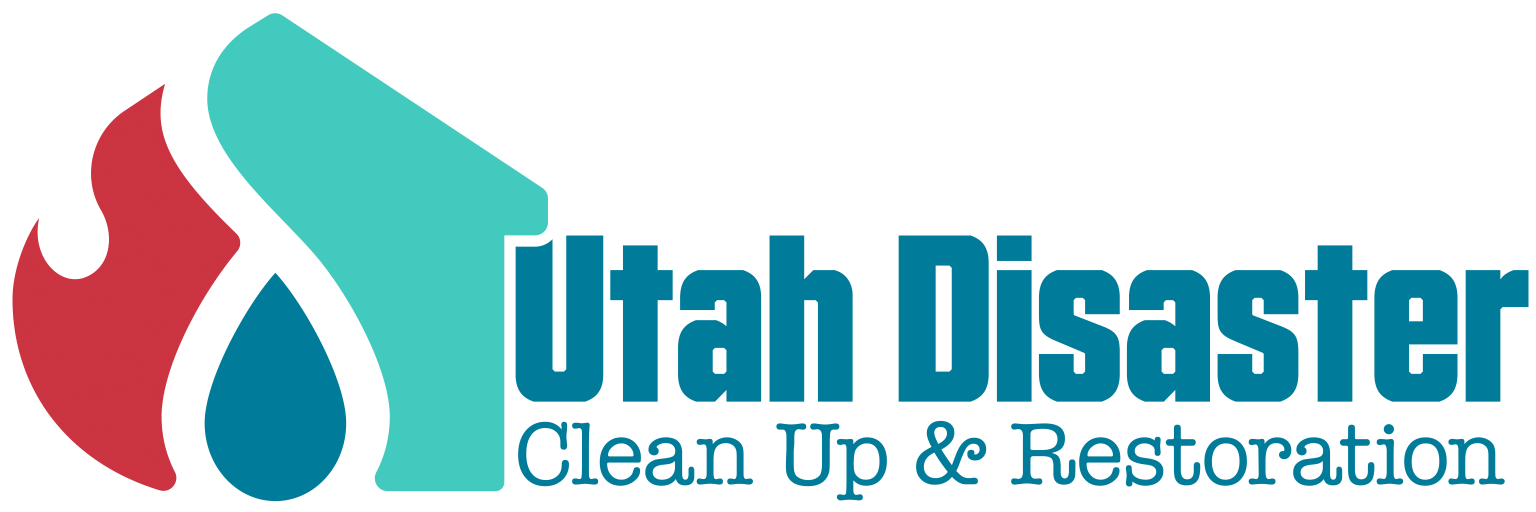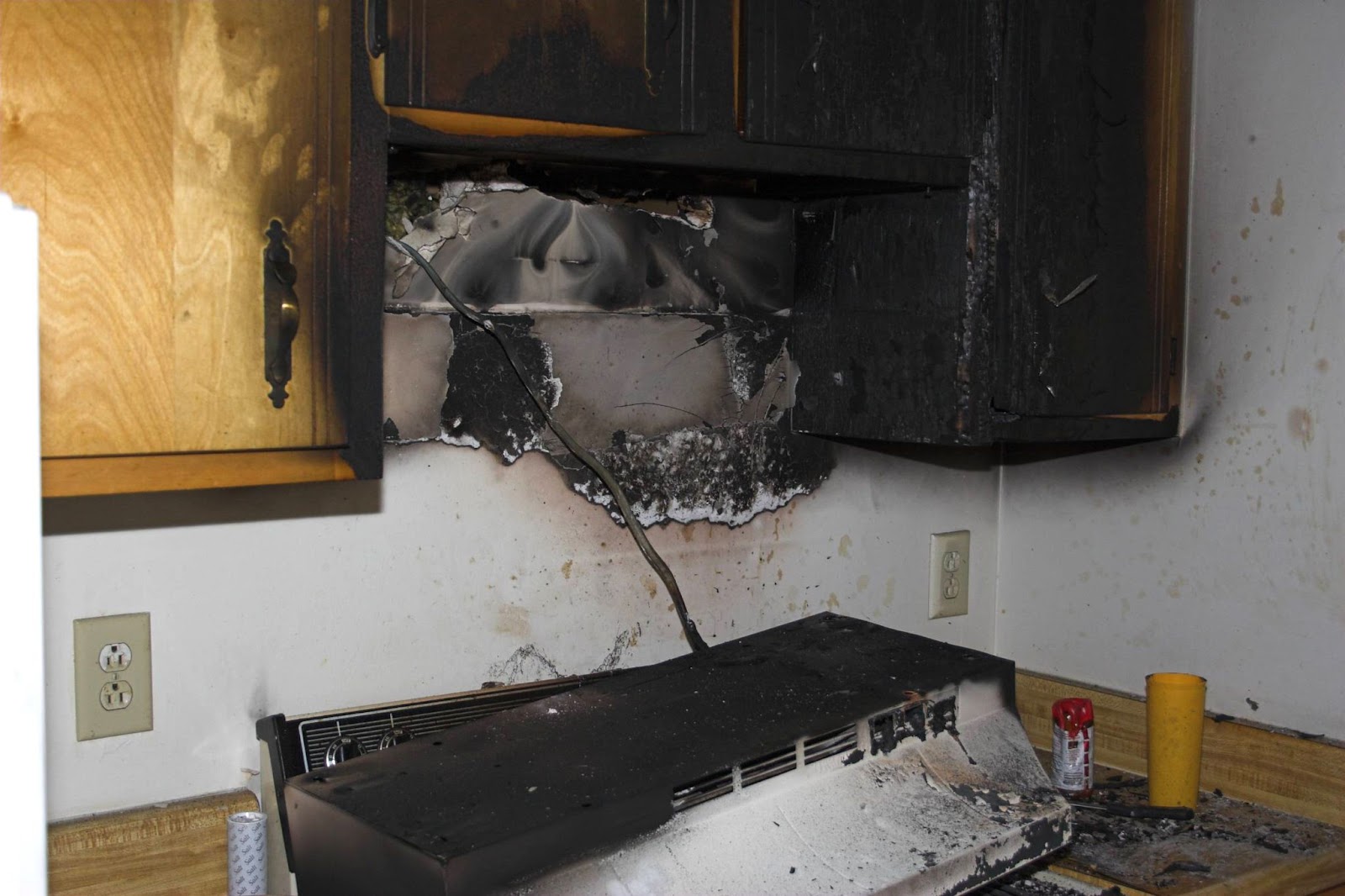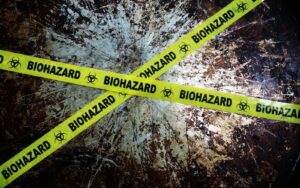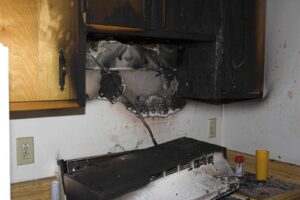Fire damage is one of the most devastating events a renter could face, causing significant loss of personal belongings and leaving you with many questions. If you have renter’s insurance, you might assume that you’re fully covered in the event of a fire, but it’s essential to understand precisely what your policy includes.
Fires damage property and could destroy everything inside your rental, from furniture and electronics to irreplaceable personal items.
Before you rely on your renter’s insurance to cover these losses, it’s essential to dig into the details of your policy. Does it cover all types of fire-related incidents? Are there any exclusions or limits that you should know about? Knowing the specifics of your coverage will help you avoid surprises and ensure that you are adequately protected.
In this blog, we’ll break down the components of a typical renter’s insurance policy, focusing specifically on coverage.
We’ll explore what’s usually covered, exclusions, and how to protect your belongings. Understanding your renter’s insurance policy will give you peace of mind and confidence for the unexpected.
Understanding renter’s insurance
Renter’s insurance is a policy designed to protect individuals who rent their living spaces. Unlike homeowner’s insurance, which covers the home’s structure, renter’s insurance primarily focuses on protecting your personal belongings and providing liability coverage in case of accidents or injuries within your rental unit.
Typically, a renter’s insurance policy includes three main types of coverage:
- Personal Property Coverage: This covers repairing or replacing your personal belongings if they are damaged, destroyed, or stolen. This includes furniture, electronics, clothing, and other personal effects. The coverage generally applies to various events, including fire, theft, vandalism, and certain types of water damage.
- Liability Coverage: If someone is injured while visiting your rental property or if you accidentally damage someone else’s property, liability coverage can help cover the costs of legal fees, medical bills, and repair or replacement costs. This aspect of renter’s insurance protects against financial liability in case of accidents.
- Additional Living Expenses (ALE): If your rental unit becomes uninhabitable due to a covered event like a fire, ALE coverage will help pay for temporary housing and other related expenses, such as food and transportation, while your rental unit is being repaired.
It’s important to note that while renter’s insurance offers broad coverage, it may not cover all types of damage or losses. Policies often limit specific personal property categories, such as jewelry, electronics, or collectibles. Additionally, certain natural disasters, like floods or earthquakes, may not be covered under a standard policy and require additional coverage.
Does renter’s insurance cover fire damage?
Yes, renter’s insurance typically provides coverage for fire damage. Fire is a standard peril included in most renter’s insurance policies, meaning that if a fire damages or destroys your personal belongings, your policy should help cover the costs of repairing or replacing those items.
This coverage generally applies to various sources of fire, such as kitchen fires, electrical malfunctions, or fires that spread from a neighboring unit. The insurance company should cover the damages as long as the fire was accidental and not intentionally caused by the policyholder.
It’s important to note that while renter’s insurance covers personal property, it does not cover the structure of the rental unit itself — that responsibility falls to the landlord’s insurance.
However, your renter’s insurance may also cover additional living expenses if the fire renders your home uninhabitable. This coverage helps with temporary housing, meals, and other expenses while your rental unit is being repaired or rebuilt.
Review your policy carefully to ensure that the coverage limits are sufficient to replace your belongings in the event of a fire.
What does fire damage coverage include?
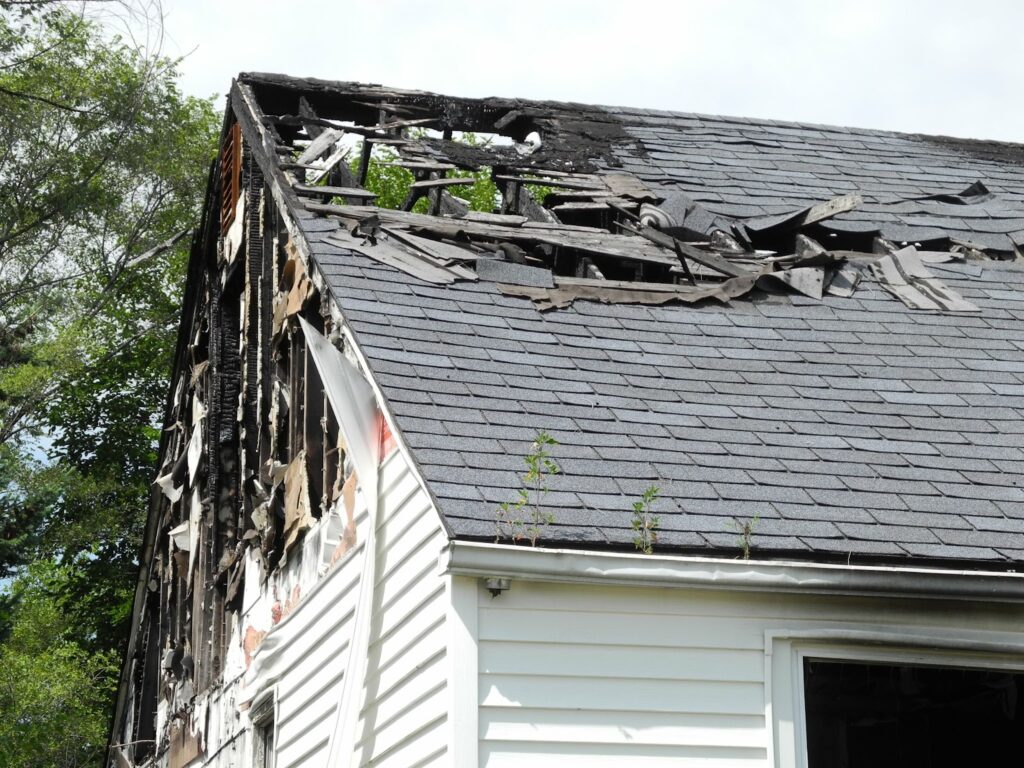
Fire damage coverage under a renter’s insurance policy typically includes a range of protections designed to help you recover after a fire. This coverage primarily focuses on replacing or reimbursing your personal belongings that were damaged or destroyed in the fire.
Personal items such as furniture, clothing, electronics, and household goods are generally covered, provided that the fire is a qualifying event under your policy.
What isn’t covered?
As we mentioned, renter’s insurance policies typically cover personal belongings and additional living expenses after a fire. However, certain items and situations may not be covered under a standard renter’s insurance policy. It’s important to understand these exclusions to avoid any surprises.
High-value items like fine jewelry, artwork, or collectibles might not be fully covered by a basic renter’s insurance policy. These items often have coverage limits, meaning that even though they are technically covered, the payout may be far less than their actual value.
How to file a fire damage claim
Filing a fire damage claim with your renter’s insurance company involves several key steps, and acting quickly helps ensure that the process goes smoothly. The first step is to contact your insurance company as soon as possible after the fire. Many policies require that you report the damage within a specific time frame.
When you call, provide a detailed account of the incident, including the date, time, and cause of the fire, if known. Your insurer will likely ask you to fill out a claims form, which will officially begin the claims process.
After reporting the fire, the next step is to document the damage thoroughly. Take clear, detailed photos and videos of all affected areas and items, making sure to capture the extent of the damage. It’s also important to compile a list of damaged or lost belongings, including their estimated value, original purchase price, and any receipts or proof of ownership, if available.
This documentation will be essential when the insurance adjuster assesses your claim. Once your claim is submitted, the insurance company will review the information, possibly send an adjuster to inspect the damage, and then determine your payout based on your policy’s coverage limits.
Trust Utah Disaster Clean Up and Restoration for expert fire damage recovery
When dealing with the aftermath of a fire, you need a trusted partner to help restore your home and get your life back to normal. At Utah Disaster Clean Up and Restoration, we specialize in comprehensive fire damage clean up services.
Our team of experienced professionals understands the urgency of addressing fire damage quickly and effectively, and we’re committed to providing you with the highest level of care throughout the recovery process.
Utah Disaster Clean Up and Restoration is available 24/7 to respond to emergencies, and we work closely with your insurance company to ensure a seamless claims process. Let us handle the restoration so you can focus on moving forward.
Contact Utah Disaster Clean Up and Restoration today to learn more about our fire damage recovery services and how we’ll be able to help.
